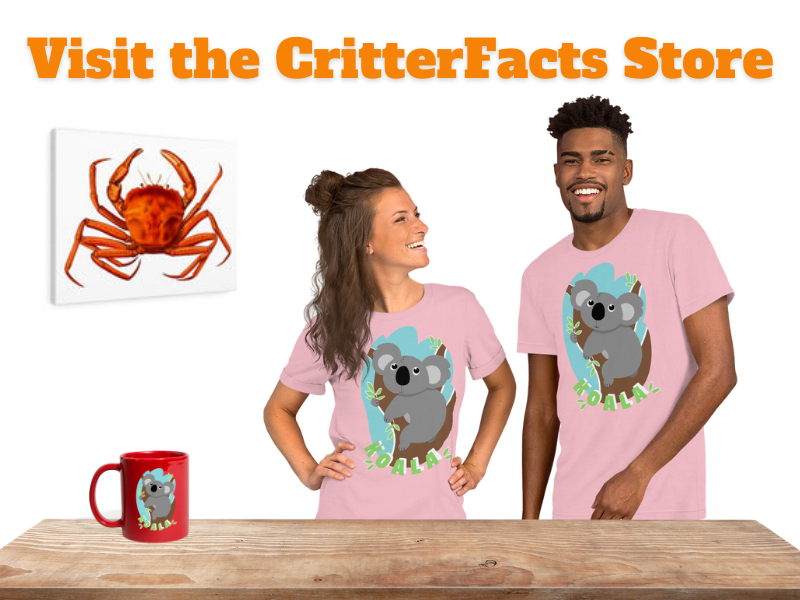

Scientific Classification
KINGDOM: Animalia
PHYLUM: Chordata
CLASS: Reptilia
ORDER: Squamata
FAMILY: Iguanidae
GENUS: Sauromalus
Conservation Status


Chuckwallas don’t necessarily camouflage like chameleons do. Instead, their bodies are made to blend into their surroundings naturally. For example, mood and outer temperature play the biggest role in skin coloration. That’s why different subspecies of chuckwallas look so dissimilar since they live in diverse areas with various climates.
All chuckwallas also have loose skin flaps around their neck and sides for defensive measures.




Chuckwallas are very territorial; a male won’t mind if females wander into their territory but will become aggressive if another male’s overlaps. The loose skin folds around the chuckwalla’s neck and sides not only give them the impression of being larger, but it also aids in escaping predators. Chuckwallas will run between tight spaces like small crevices and inflate their lungs until they fill up the entire area, making it impossible to pull them out.













































